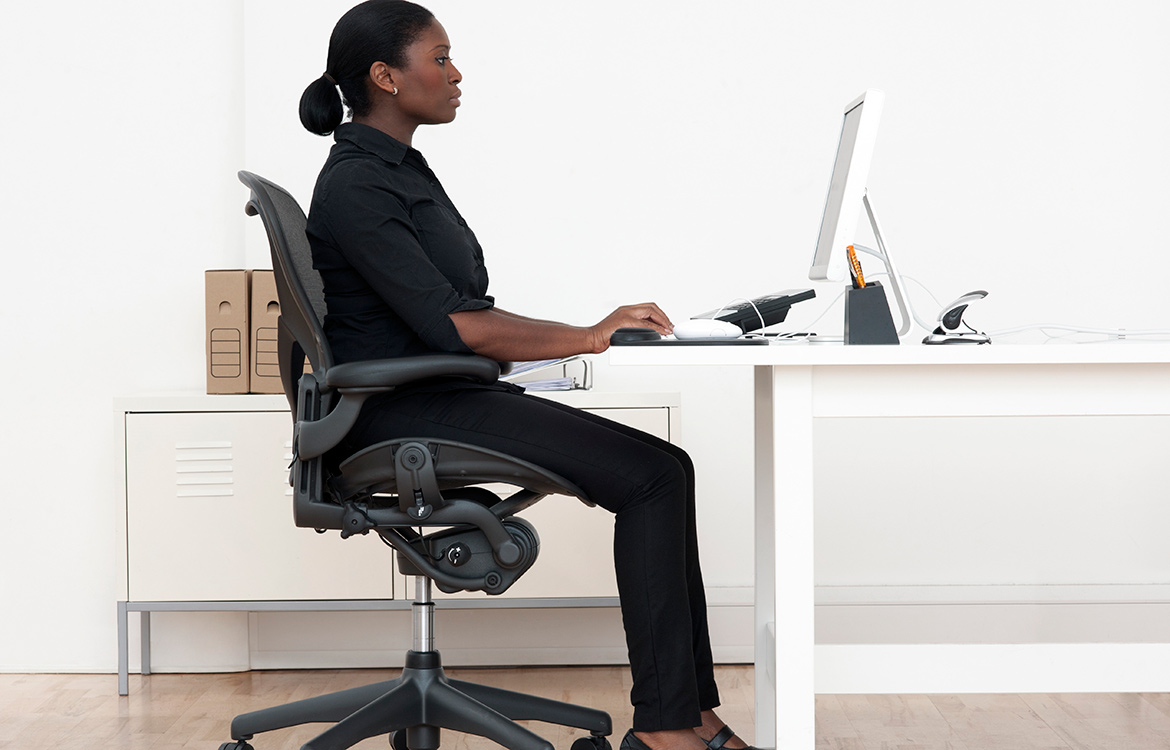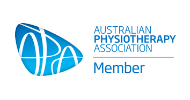Ergonomics and Neck Pain: Tips for a Pain-Free Workspace

Ergonomics play a crucial role in preventing and managing neck pain, particularly for individuals who spend long hours at a workstation. A well-designed ergonomic workspace can significantly reduce the strain on your neck and support a pain-free work experience.

Here are some tips to create a Pain-free Workspace
- Monitor Position: Your computer monitor should be at eye level. The top of the screen should be slightly below your horizontal line of sight. Position the monitor about an arm's length away. This setup helps in keeping your head and neck in a neutral position, reducing strain.
- Chair Adjustment: Use a chair that supports the natural curve of your spine. Adjust the chair's height so that your feet can rest flat on the floor or on a footrest, and your knees are at or slightly below the level of your hips. This position supports your back and can alleviate neck pressure.
- Desk Ergonomics: Keep frequently used items, like the telephone, notepads, and stationery, within easy reach to minimize awkward movements that can contribute to neck strain. If you use a document holder, position it at the same level and close to your monitor to prevent repetitive neck movements.
- Keyboard and Mouse Placement: Place your keyboard and mouse close to each other and at a height where your wrists are straight, and your arms are close to your body. This positioning helps avoid extending your neck and shoulders forward.
- Use of Headsets: If you frequently talk on the phone and type or write at the same time, use a headset. Cradling the phone between your shoulder and ear can strain your neck muscles.
- Lighting: Ensure your workspace is well-lit to avoid straining your eyes and neck. Poor lighting can cause you to lean forward or squint, putting additional strain on your neck.
- Breaks and Movements: Take short breaks every 30 to 60 minutes. Stand up, stretch your neck and shoulders, and walk around. This not only helps reduce neck tension but also boosts your productivity.
- Eye Care: Practice the 20-20-20 rule to reduce eye strain. Every 20 minutes, look at something 20 feet away for at least 20 seconds. This practice can prevent you from leaning forward towards the screen, a common cause of neck pain.
- Correct Posture: Maintain a good posture with your shoulders relaxed but not slouched. Keep your ears over your shoulders and your shoulders over your hips to support your neck properly.

How can an Osteopath help with Neck Pain?
Osteopaths can provide significant relief for individuals suffering from neck pain through a holistic approach that addresses both the symptoms and underlying causes. By conducting a detailed assessment, osteopaths identify areas of tension, restriction, or imbalance that may be contributing to the pain.
Utilizing a range of manual therapy techniques, such as soft tissue massage, mobilization, and manipulation, they work to alleviate muscle tension, enhance joint mobility, and improve circulation in the affected areas. Furthermore, osteopaths design personalized exercise programs to strengthen neck muscles, improve flexibility, and promote better posture.
They also offer valuable ergonomic and lifestyle advice to prevent future episodes of neck pain. This comprehensive approach not only aims to relieve current discomfort but also to foster long-term health and prevent recurrence.








